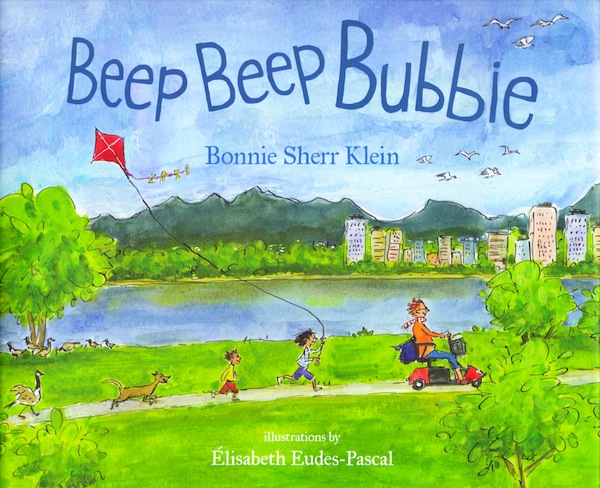On Oct. 8, nonagenarian Gloria Levi was the featured speaker at the JSA Snider Foundation Virtual Empowerment Series session co-sponsored by Jewish Seniors Alliance and the Peretz Centre for Secular Jewish Culture. The topic was What Inspires Me at 90.
Gyda Chud, co-president of JSA and president of the Peretz Centre, welcomed the approximately 70 attendees and shared the background of JSA’s Empowerment series.
Fran Goldberg introduced Levi as a feminist, an activist, a COVID survivor, a gerontologist, a therapist, a social worker and a woman of tremendous confidence, who finds joy in even the darkest of moments.
From her talk, it seems that Levi does indeed find inspiration in everything around her, from rustling breezes and glistening sunsets to soulful self-discovery. She finds meaning in both everyday happenings and the larger matters of the heart and social justice. If we were to sum up Levi’s nuanced and profound wisdom in a word, it would be wholeness. She elevates the whole person with all their perfect imperfections.
To Levi, self-discovery and self-knowledge are paramount values. She illustrated the importance of being true to oneself with the charming story of Rabbi Zusia, who lamented to God, bemoaning his not being like Moses and Abraham. God advised him to be exactly who he is – Zusia. The goal in life is not to strive for perfection but to be authentically oneself.
Through Levi’s lens of wholeness, even a global disaster like COVID-19 has vital lessons. A COVID-19 survivor, Levi refers to the virus as the 11th plague, but also is passionate about the important issues that the pandemic has brought to light. For example, it revealed the discrepancy between the haves and the have nots: the ones who support our daily life – the grocery store clerks, hospital employees, delivery drivers and food workers, among others – in stark contrast with the wealthy. The pandemic has yielded an awakening, a heightened awareness that things need to change on numerous levels, both environmentally and socially, said Levi.
Along with her commitment to social justice, Levi draws connections and inspiration from Jewish sources; for example, she refers to Leviticus, in which God tells Moses to instruct the Israelites to give the land a rest. During the sabbath year, the land is to lie fallow and to be “released” from cultivation, she explained. Weaving rest and restoration into our physical and spiritual worlds is a much-needed change, she said.
In conclusion, Levi quoted Ecclesiastes and reminded us that “vanity of vanities; all is vanity.” Her advice: embrace life, enjoy meaningful relationships and small kindnesses – and find inspiration all around us.
Tamara Frankel is a member of the board of Jewish Seniors Alliance and of the editorial committee of Senior Line magazine. She is also a board member of the Jewish Community Centre of Greater Vancouver.


